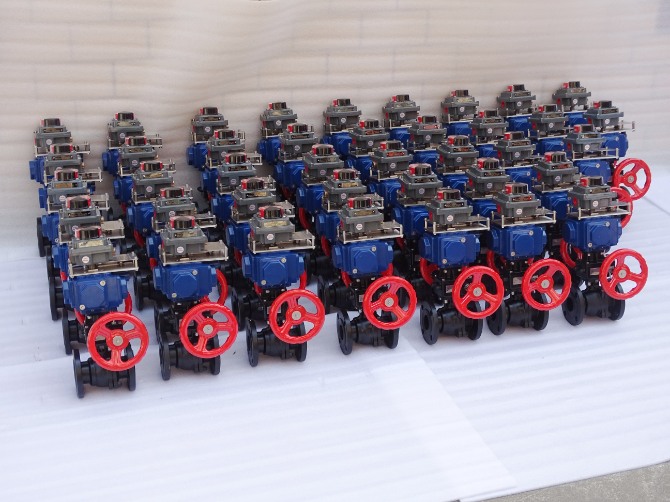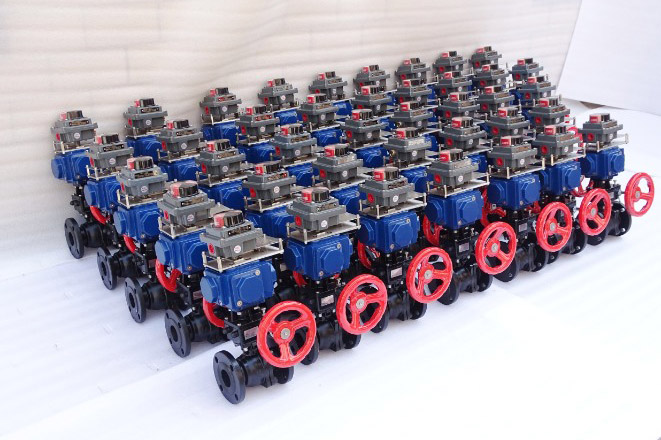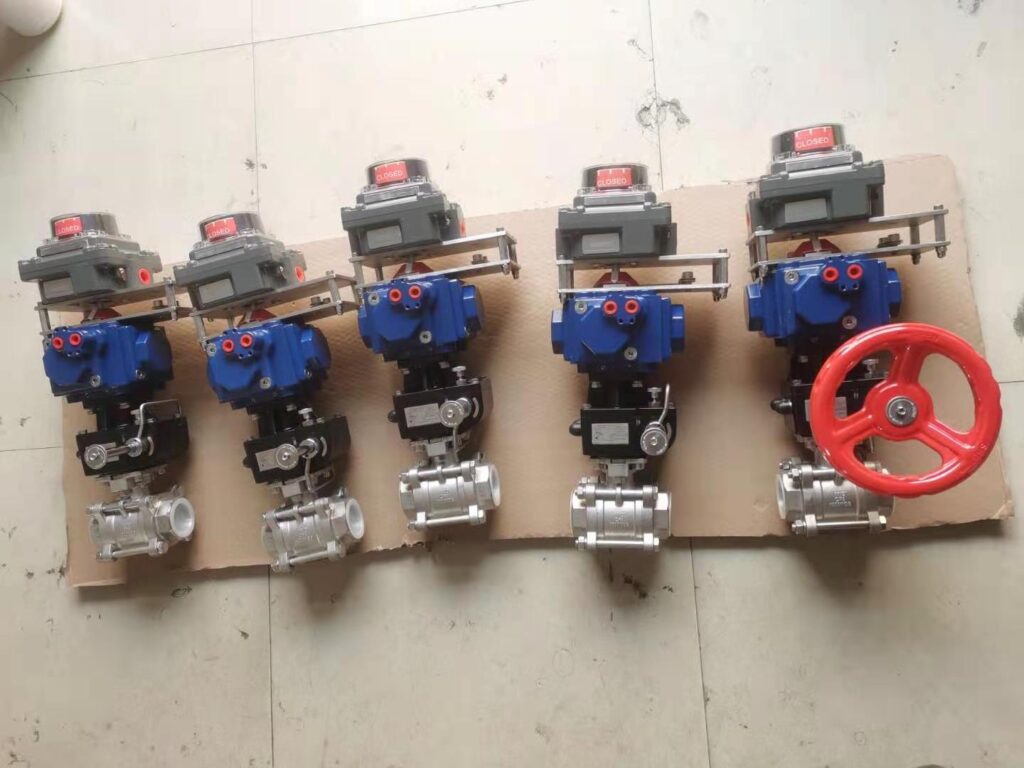Safety valves play a critical role in protecting equipment, personnel, and the environment from the dangers of overpressure in various industrial applications. One type of safety valve that has gained popularity in recent years is the fusible link safety valve. In this article, we will explore the different types of fusible link safety valves and their applications in various industries.

What is a Fusible Link
A fusible link is a device that is designed to melt or break when exposed to a specific temperature, thus activating a safety mechanism. In the context of safety valves, a fusible link is used to hold the valve closed under normal operating conditions. When the temperature rises above a predetermined threshold, the fusible link melts or breaks, releasing the valve and allowing it to open, which in turn releases pressure from the system.
Types of Fusible Link Safety Valves
There are several types of fusible link safety valves, each with its own unique characteristics and applications. Below, we will explore five common types of fusible link safety valves:
1. Spring-Loaded Fusible Link Safety Valves
These valves use a spring to hold the valve closed and a fusible link to release the spring when exposed to high temperatures. When the fusible link melts or breaks, the spring pushes the valve open, releasing pressure from the system.
2. Pilot-Operated Fusible Link Safety Valves
Pilot-operated fusible link safety valves use a smaller, secondary valve (the pilot valve) to control the opening and closing of the main valve. The fusible link holds the pilot valve closed, and when it melts or breaks, the pilot valve opens, allowing pressure to act on the main valve, which then opens to release pressure from the system.
3. Dead Weight Fusible Link Safety Valves
In dead weight fusible link safety valves, a weight is used to hold the valve closed. The fusible link secures the weight in place, and when it melts or breaks, the weight is released, allowing the valve to open and release pressure.
4. Vacuum Fusible Link Safety Valves
These valves are designed for use in vacuum systems, where overpressure is not a concern, but the integrity of the vacuum must be maintained. The fusible link holds the valve closed, and when it melts or breaks, the valve opens, allowing air to enter the system and equalizing the pressure.
5. Proportional Fusible Link Safety Valves
Proportional fusible link safety valves are designed to open gradually as the pressure in the system increases. The fusible link holds the valve closed, and when it melts or breaks, the valve begins to open proportionally to the increase in pressure, allowing for a controlled release of pressure from the system.
Applications of Fusible Link Safety Valves
Fusible link safety valves are used in a wide range of industries and applications, including:
Fire Protection Systems
In fire protection systems, fusible link safety valves are used to release fire-suppression agents, such as water, foam, or gas, when a specific temperature threshold is reached. This helps control and extinguish fires quickly and effectively.
Chemical Processing Industry
Fusible link safety valves are commonly used in the chemical processing industry to protect equipment and personnel from the dangers of overpressure caused by chemical reactions, runaway reactions, or other process upsets.
Oil and Gas Industry
In the oil and gas industry, fusible link safety valves are used to protect equipment, such as storage tanks, pipelines, and pressure vessels, from overpressure caused by temperature increases, pressure surges, or equipment failure.
HVAC Systems
Fusible link safety valves are used in heating, ventilation, and air conditioning (HVAC) systems to protect equipment from the dangers of overpressure caused by equipment malfunction, blockages, or other issues.
Steam Boilers
Steam boilers rely on fusible link safety valves to protect the system from overpressure caused by excessive steam generation or equipment failure. The valves release pressure when a specific temperature threshold is reached, preventing damage to the boiler and surrounding equipment.
How to Choose the Right Types of Fusible Link Safety Valves
6 Factors to Consider when you selecting a fusible Link Safety valve
1. Operating pressure and temperature
Choose a valve with a fusible link designed to melt or break at the desired temperature threshold and with a pressure rating suitable for your system.
2. Valve type
Select the appropriate type of fusible link safety valve based on your system requirements and the specific application.


3. Material compatibility
Ensure that the valve materials are compatible with the process fluid and the environmental conditions in which the valve will be used.
4. Certification and compliance
Make sure the valve meets all relevant industry standards and certifications for your specific application.
Maintenance and Inspection of Fusible Link Safety Valves
Regular maintenance and inspection of fusible link safety valves are essential to ensure their proper functioning and to maintain the safety of your system. This includes:
- Periodic visual inspections to check for signs of wear, damage, or corrosion.
- Functional testing to ensure that the valve opens and closes as designed.
- Regular replacement of fusible links according to the manufacturer’s recommendations or after exposure to high temperatures.
- Proper documentation and record-keeping of all maintenance and inspection activities.
Conclusion
Fusible link safety valves play a vital role in protecting equipment, personnel, and the environment from the dangers of overpressure. By understanding the different types of fusible link safety valves and their applications, you can select the right valve for your specific needs and ensure the safety and reliability of your system.





